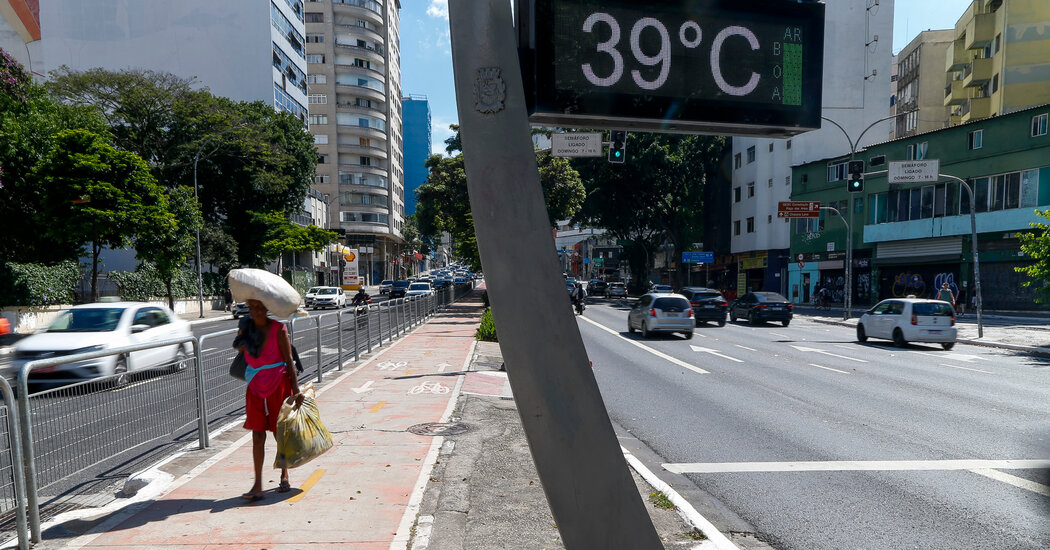Climate change is making heat waves linger for longer stretches of time, exacerbating the effects of extreme temperatures.
When heat waves swept across large parts of the planet last summer, in many places the oppressive temperatures loitered for days or weeks at a time. As climate change warms the planet, heat waves are increasingly moving sluggishly and lasting longer, according to a study published on Friday.
Each decade between 1979 and 2020, the rate at which heat waves travel, pushed along by air circulation, slowed by about 5 miles per day, the study found. Heat waves also now last about four days longer on average.
“This really has strong impacts on public health,” said Wei Zhang, a climate scientist at Utah State University and one of the authors of the study, which appeared in the journal Science Advances.
The longer heat waves stick around in one place, the longer people are exposed to life-threatening temperatures. As workers slow down during extreme heat, so does economic productivity. Heat waves also dry out soil and vegetation, harming crops and raising the risk of wildfires.
These changes to heat wave behavior have been more noticeable since the late 1990s, Dr. Zhang said. He attributes the changes in large part to human-caused climate change, but also in part to natural climate variability.
The study is among the first to track how heat waves move through both space and time.
Rachel White, an atmospheric scientist at the University of British Columbia who wasn’t involved in the paper, said she had been waiting to see research like this.
